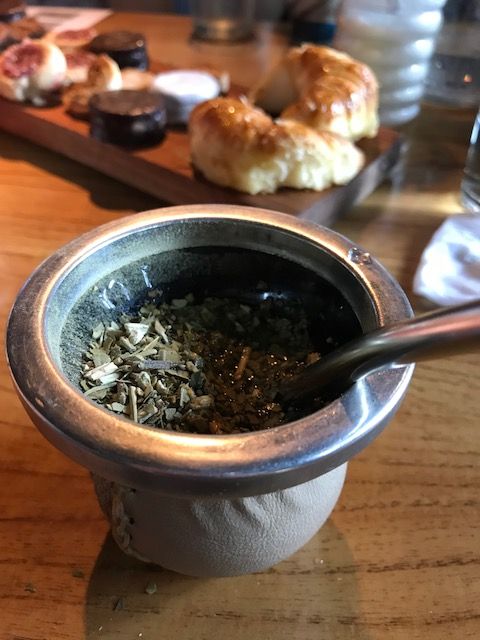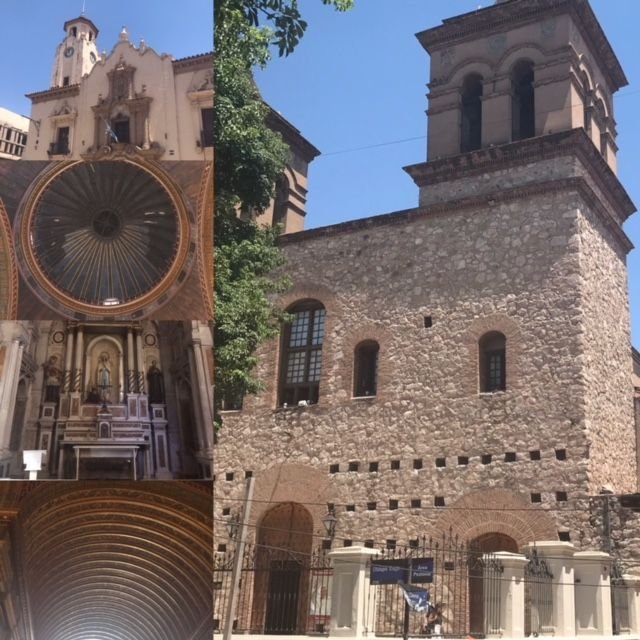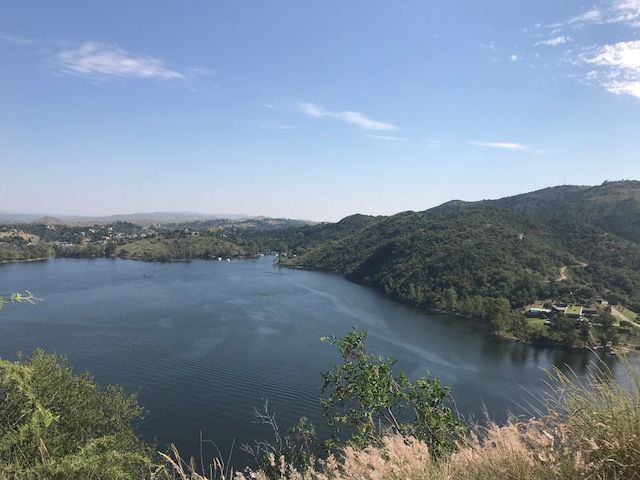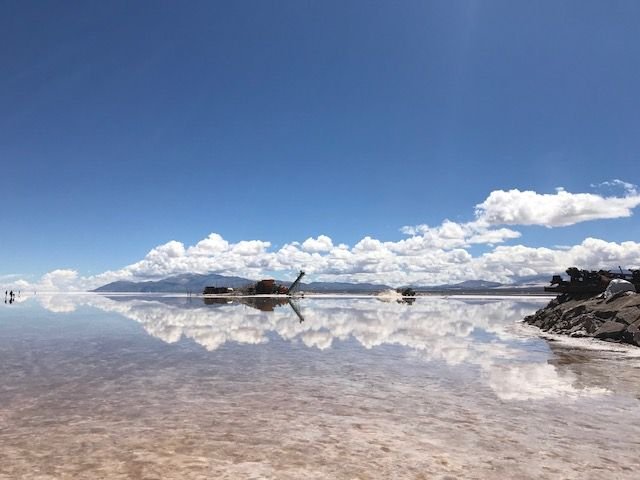Sharing Life in Córdoba: Remote Year Month 2
When I arrived in Córdoba, I had already spent four weeks in Argentina without chewing any food. This felt like a tourism crime until I realized what was happening: I wasn’t just visiting Argentina — I was living there. At the time, my jaw was still healing and blender food was my life. So I stopped thinking about steak, figured out how to find a dental surgeon in a new city, and just got on with things.
It’s impossible to avoid comparing Córdoba to Buenos Aires—Argentina’s louder, more popular cousin. Córdoba is Argentina’s second largest city, and it sits right in the geographic centre of the country. Most people outside of South America have never heard of the city, perhaps because it’s so unassuming and not immediately likeable.
The pace of life in Córdoba is slower and more random than in Buenos Aires, especially during the summer holidays. Stores don’t always open at the posted times and restaurant service is slow. People who could eat food told me that variety was lacking. But when I just rolled with it, I found that people were eager to know where I was from, how long I was staying in their city, and how they could help me experience it. The fact is, Córdoba is very different from Buenos Aires, and to really enjoy it, you need to let the locals help you.
Buenos Aires introduced me to Argentina’s sharing culture, and Córdoba helped me understand it. At our co-working space, we congregated on the rooftop patio in the afternoons to drink mate (pronounced mah-tay) — a tea-like drink that is steeped in ritual and ceremony. The cup is small but it’s refilled frequently, as each person in the group takes a turn at drinking the hot liquid beverage through a metal straw while everyone talks politics or football. The yerba leaves are bitter at first, but it’s an acquired taste that can be hastened with some orange peels or honey. And it’s all the more delicious because when someone offers you mate, they are also offering friendship.

Argentina’s mate culture is about sharing.
On Friday nights, sharing happened over communal jugs of fernet and Coke, which is passed more awkwardly from person to person. It’s a ritual that feels more like a college party than a cultural tradition, but it’s actually just very Argentinian. Fernet is an Italian liquor, but Argentinians are responsible for 75 per cent of global fernet consumption. Enjoying it with friends in Argentina involves cutting the top off an empty 2L Coke bottle and filling it with a 70–30 mix. Sitting on the open patio with our local experience manager, Coti, and her guitar, we sang and danced with locals and learned how they unwind together after a long workweek.
The rivalry between Córdoba and Buenos Aires isn’t what it used to be, but it’s still present in a modest “hey, don’t forget about us” kind of way. In the early 1800s, the cities sat on opposite sides of a divisive civil war and a debate about how power should be distributed in Argentina: centralized in Buenos Aires or decentralized in smaller power centres around the country, including Córdoba. The centralists won, but Córdoba still has more post-secondary institutions than any other city in Argentina, earning it the nickname La Docta, which roughly translates as “the wise.” It’s a thriving city, just with a different vibe.
Córdoba has stunning colonial architecture, including the country’s first university, which was founded by the Jesuits in 1613. On a free walking tour of downtown, our guide struggled to corral us quickly enough to reach the Jesuit block in time to go inside. We did manage to do a power tour of the Jesuit church, which contains an altar made of silver, as well as separate chapels for Indigenous and non-European worshippers — a concession considered progressive at the time because it allowed Argentina’s Indigenous and African population to pray at all.

The Jesuit Block is a designated UNESCO World Heritage Site.
At the end of the tour, our guide asked me more about my mouth full of metal, then offered to accompany me to my medical appointments if I needed a translator. She meant it (and she gave me her WhatsApp number to prove it), which basically tells you everything you need to know about Cordobeses.
Despite the slower pace of life, Cordobeses live to escape the city to spend time in the nearby sierras, probably because February in Córdoba is insufferably hot. Our apartments in Nuevo Córdoba were, like most of the apartments in the city, largely devoid of air conditioning. That’s how life works when you live like the locals.
We took a Sunday trip to Umepay, an intentional community of 100-some-odd people trying to live more sustainably on a plot of land about two hours outside the city centre where they grow produce and live off the grid. The views on the way there were spectacular and reminded me how small the Earth is. The rolling hills could have been Nova Scotia, the towering trees, British Columbia, the lakes and rock formations, northern Ontario. In other words, it was gorgeous and it could have been home. Our lunch, prepared by a modest but incredibly talented cook who refuses to call himself a chef, was a colourful vegan buffet that I wouldn’t have been able to enjoy until our host caught on to my predicament and brought me homemade soup.

The road to Umepay in the sierras near Córdoba look a lot like Canada.
The problem with driving to the sierras from Córdoba on a Sunday is that everybody does it, which means that everybody also has to come back. Our two-hour trip out took five hours to do in reverse, most of it in the blazing heat at less than 15 km/hr. It took the allure out of the sierras and scorched my desire to return, despite the otherwise lovely day.
Beyond the sierras, many of us spent part of the month travelling outside of Córdoba altogether, taking in other parts of Argentina. I went with my roommates to Salta, where we took a bus tour to the Salinas Grande — vast salt flats that are just a fraction of the size of similar formations in Bolivia, but no less awesome. It was like walking on frozen snow on a clear winter day — blinding white against a perfect blue sky — except that I was barefoot in two inches of salty water staring at my reflection in front of me, with heavy mining equipment in the distance. Also a bit like home, but not quite. The views were so impressive that it didn’t matter.

Salinas Grande near Salta, Argentina—crystal clear, shimmering salt flats.
During my last week in Córdoba, I woke up one night around 4:30 a.m., when the bars start to close and revellers — mostly students — spill into the street. As I got my bearings, it occurred to me that I was still “away.” I had hit the point in my trip when I had been away from home longer than I’d ever been before. And even though my jaw was still wired shut, I was drenched in sweat, and I could barely sleep for the noise outside, I was happy. I felt that way because I felt connected — to the country I was visiting, the locals who welcomed me, and the group of people I was travelling with. My time in Córdoba gave me that gift, and even though Córdoba wouldn’t have been on my own custom itinerary, I wouldn’t trade the experience for anything different.
I am still happy, and that feels profound and impossible to explain properly. During my first two months on Remote Year, I made deep friendships with people I had just met. I have been hugged more times since New Year’s Eve than I have been in the last two years. I put my trust in complete strangers and have not been disappointed. I have also been scared, I have cried, and I have panicked. But I have danced and sang. I have wandered through new cities with new friends and sipped coffee in adorable cafes. And that has felt a lot like home. I think that’s what happiness is, no?
Next stop: Lima, Peru.
This post was first published on Medium.com/@kaarina on March 23, 2018. Steemit will become my first publishing platform for new posts once I have you all caught up.
Congratulations @kaarina! You received a personal award!
You can view your badges on your Steem Board and compare to others on the Steem Ranking
Do not miss the last post from @steemitboard:
Vote for @Steemitboard as a witness to get one more award and increased upvotes!